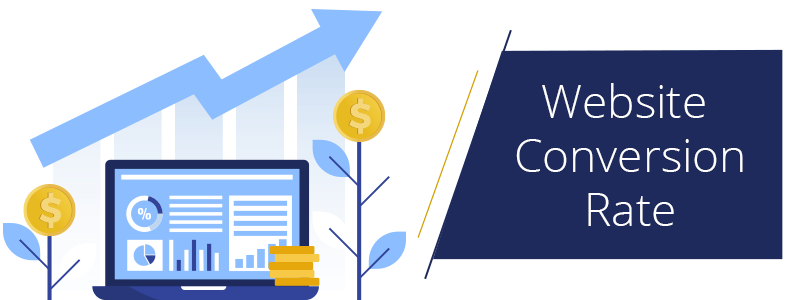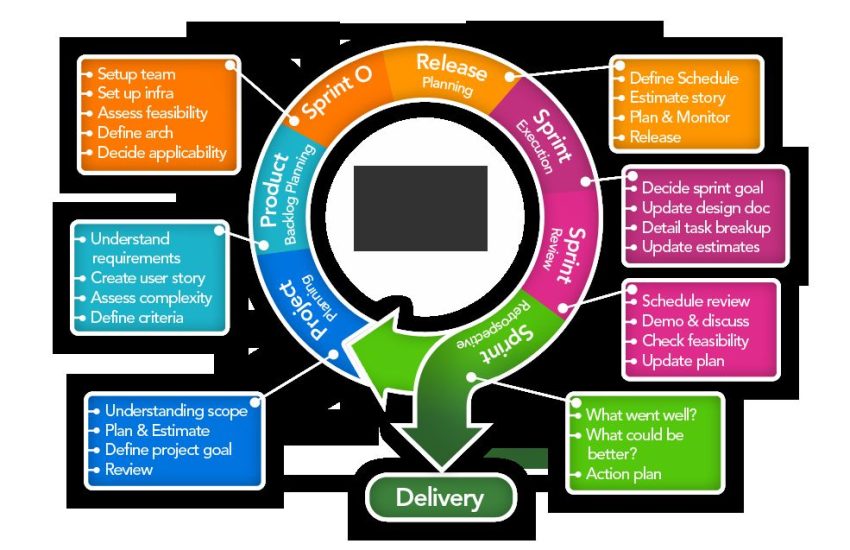Improving Your Conversion Rate with Responsive Design
In today’s digital age, having a strong online presence is essential for any business looking to succeed. With more and more people using their smartphones and tablets to access the internet, it’s crucial that your website is optimized for mobile devices. Responsive design is the key to ensuring that your website looks great and functions properly on any screen size, which can lead to higher conversion rates and ultimately more sales for your business.
What is Responsive Design?
Responsive design is a web design approach that allows a website to adapt to the screen size and device type of the user. This means that whether someone is accessing your site on a desktop computer, a laptop, a tablet, or a smartphone, the layout and functionality of the site will adjust to provide the best possible user experience. This is achieved through the use of flexible grids, images, and media queries that can detect the size of the screen and adjust the layout accordingly.
The Importance of Responsive Design for Conversion Rate Optimization
Having a responsive website is crucial for improving your conversion rate for several reasons. First and foremost, people are more likely to stay on your site and make a purchase if it is easy to navigate and looks good on their device. If a potential customer has to pinch and zoom or scroll sideways to read your content, they are likely to get frustrated and leave your site without making a purchase. A responsive design ensures that your site is easy to use and provides a seamless experience for all users.
Another reason why responsive design is important for conversion rate optimization is that search engines like Google prioritize mobile-friendly websites in their search results. This means that having a responsive website can help you rank higher in search engine results pages, driving more traffic to your site and ultimately increasing your conversion rate.
Best Practices for Responsive Design
When implementing responsive design for your website, there are a few best practices to keep in mind. First, make sure that your website is mobile-friendly by using a responsive layout that adapts to different screen sizes. This will ensure that your site looks great on any device and provides a seamless user experience.
It’s also important to optimize your images and media for mobile devices. Large images and videos can slow down your site and make it difficult for users to load your page. By using optimized images and videos that are sized appropriately for different screen sizes, you can improve the performance of your site and provide a better user experience.
Conclusion
In conclusion, responsive design is essential for improving your conversion rate and driving more sales for your business. By ensuring that your website is mobile-friendly and provides a seamless user experience across all devices, you can attract more visitors, keep them engaged, and ultimately convert them into customers. Implementing responsive design best practices can help you stay ahead of the competition and achieve your business goals in the digital age.
Are you ready to take your website to the next level with responsive design? Contact us today to learn more about how we can help you improve your conversion rate and drive more sales through responsive design.


